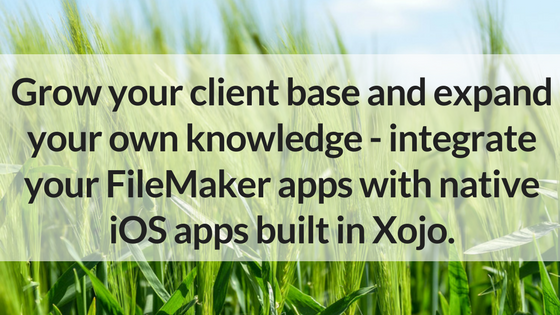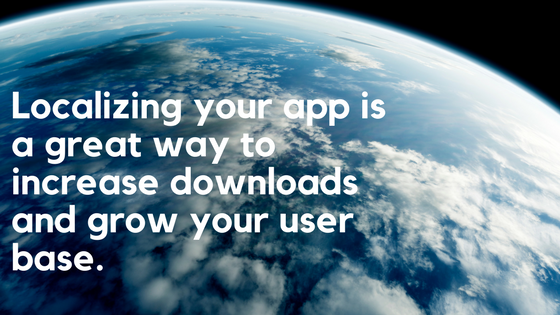If the deprecations and changes to the FileMaker platform have you searching for alternatives, Xojo is a solid place to start. FileMaker developers use Xojo for a variety of reasons, including lower cost, more powerful apps and native iOS apps.
Xojo is a powerful, full-featured development tool and as far as professional development tools go, Xojo is amazingly easy to use. For people with programming experience or those that want to learn, Xojo is a great choice for creating powerful apps to meet any business need – from cross-platform desktop apps, web apps, mobile and iOT apps.
Comments closed



